Expansion of End-User Industries
The expansion of end-user industries in the UK is significantly influencing the laser cladding market. Sectors such as aerospace, automotive, and energy are experiencing growth, which in turn drives the demand for advanced manufacturing solutions like laser cladding. The aerospace industry, for instance, is projected to grow at a CAGR of 4.5% over the next five years, creating a substantial market for laser cladding applications. As these industries evolve and require more sophisticated components, the laser cladding market is likely to benefit from increased orders and projects. This expansion presents opportunities for manufacturers to innovate and cater to the specific needs of these growing sectors.
Technological Integration with Industry 4.0
The integration of laser cladding technology with Industry 4.0 principles is emerging as a key driver for the market. In the UK, manufacturers are increasingly adopting smart manufacturing practices, which include automation, data exchange, and advanced analytics. This integration allows for enhanced precision and efficiency in laser cladding processes, leading to improved product quality and reduced waste. The laser cladding market is expected to see a rise in demand as companies seek to modernize their operations and align with Industry 4.0 standards. As the trend towards digital transformation continues, the synergy between laser cladding technology and smart manufacturing is likely to create new avenues for growth.
Rising Demand for High-Performance Materials
The laser cladding market is experiencing a notable increase in demand for high-performance materials across various sectors, including aerospace, automotive, and energy. This trend is driven by the need for components that can withstand extreme conditions, such as high temperatures and corrosive environments. In the UK, industries are increasingly adopting laser cladding technology to enhance the durability and performance of their products. The market for high-performance materials is projected to grow at a CAGR of approximately 6% over the next five years, indicating a robust opportunity for the laser cladding market. As manufacturers seek to improve product longevity and reduce maintenance costs, the adoption of laser cladding processes is likely to expand, further solidifying its role in the market.
Increased Investment in Research and Development
Investment in research and development (R&D) within the laser cladding market is on the rise, as companies strive to innovate and improve their offerings. In the UK, government initiatives and funding programs are encouraging businesses to explore advanced manufacturing techniques, including laser cladding. This focus on R&D is expected to lead to the development of new materials and processes that enhance the efficiency and effectiveness of laser cladding applications. The UK government has allocated approximately £500 million to support advanced manufacturing technologies, which could significantly impact the laser cladding market. As companies invest in R&D, they are likely to discover novel applications and improve existing technologies, driving growth in the market.
Growing Adoption in Repair and Maintenance Applications
The laser cladding market is witnessing a growing adoption in repair and maintenance applications, particularly in industries such as oil and gas, mining, and manufacturing. This trend is largely attributed to the ability of laser cladding to restore worn-out components and extend their service life. In the UK, companies are increasingly utilizing laser cladding for the refurbishment of critical parts, which can lead to substantial cost savings. The market for repair and maintenance services is projected to account for approximately 30% of the overall laser cladding market by 2026. This shift towards repair rather than replacement aligns with sustainability goals and is likely to bolster the market's growth.


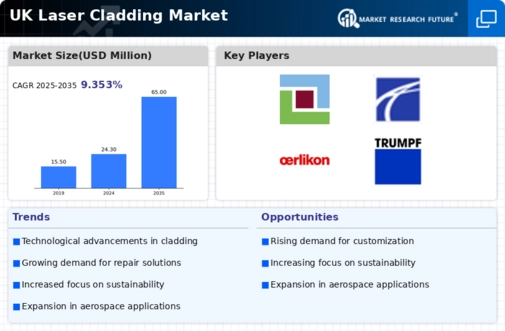
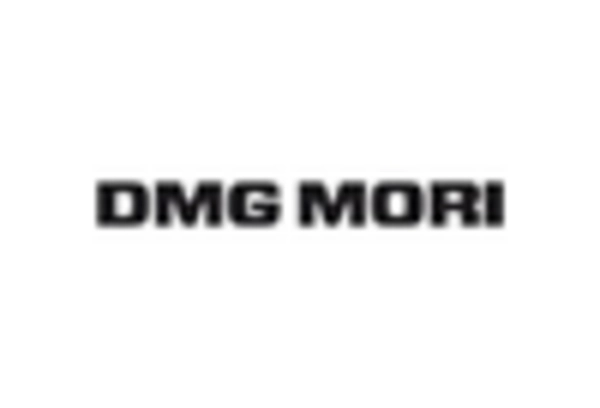

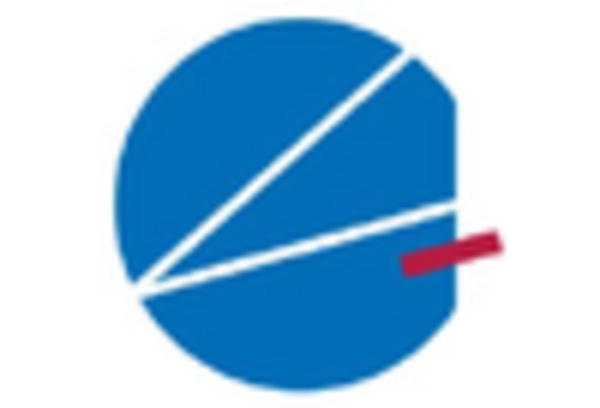
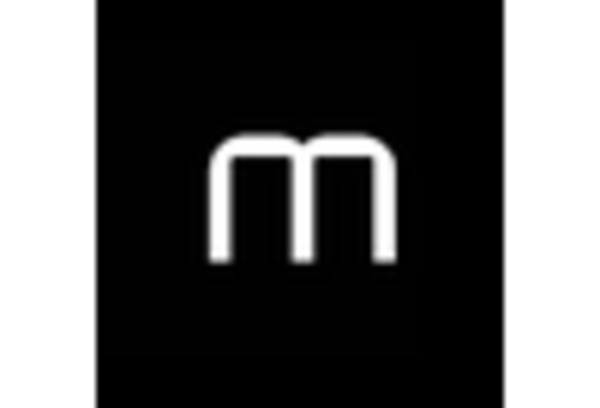
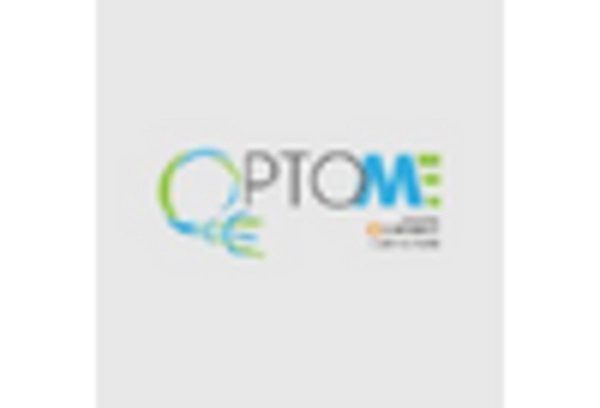
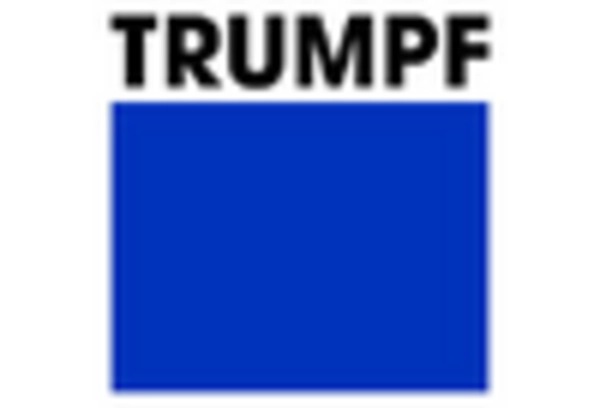








Leave a Comment